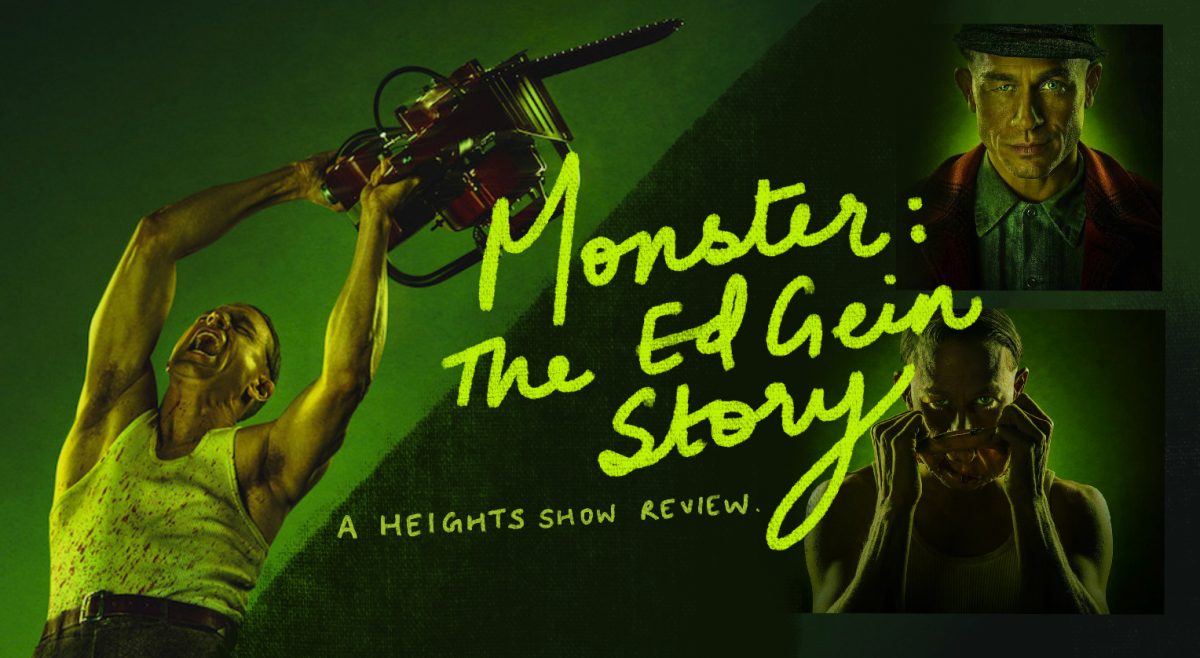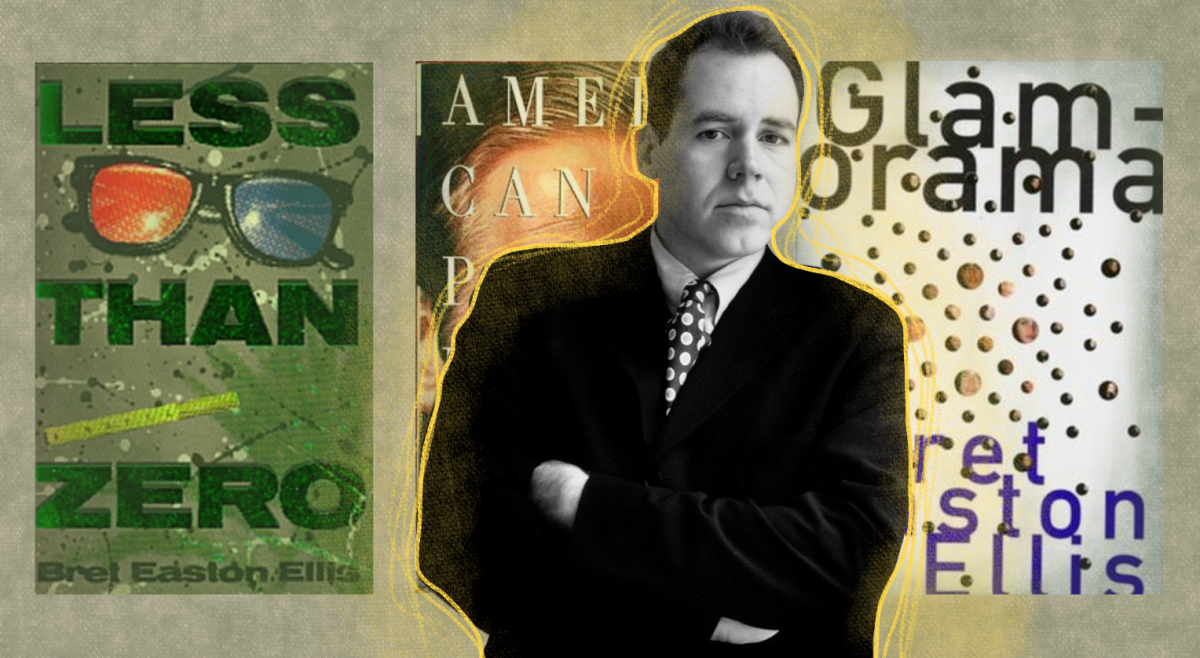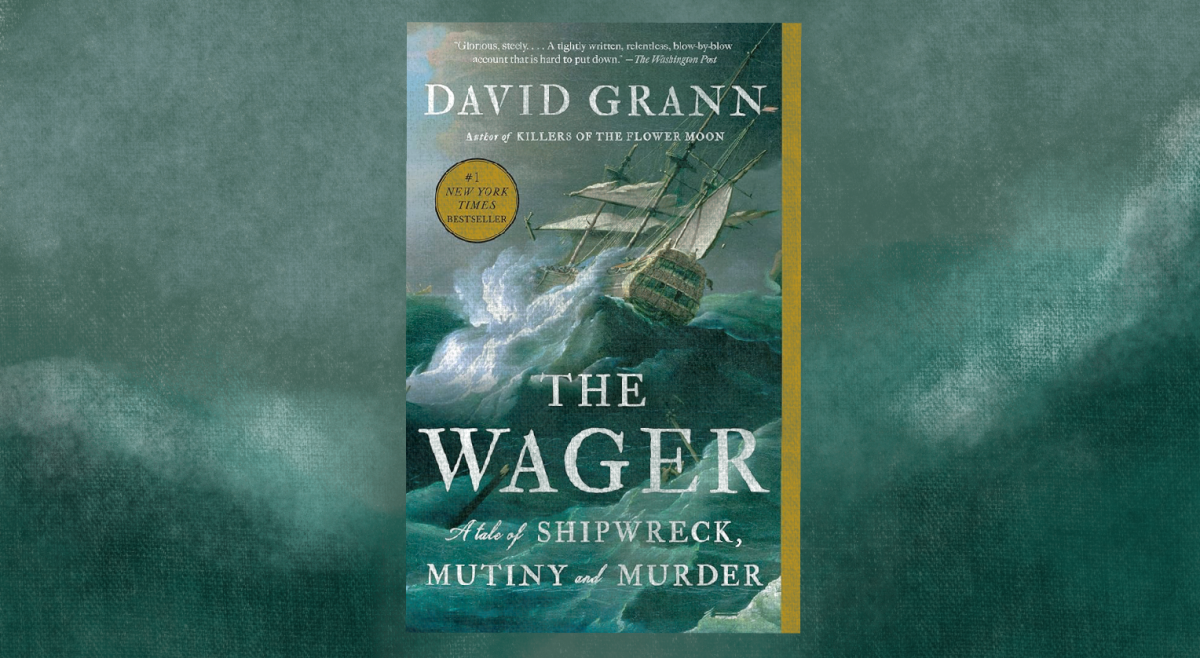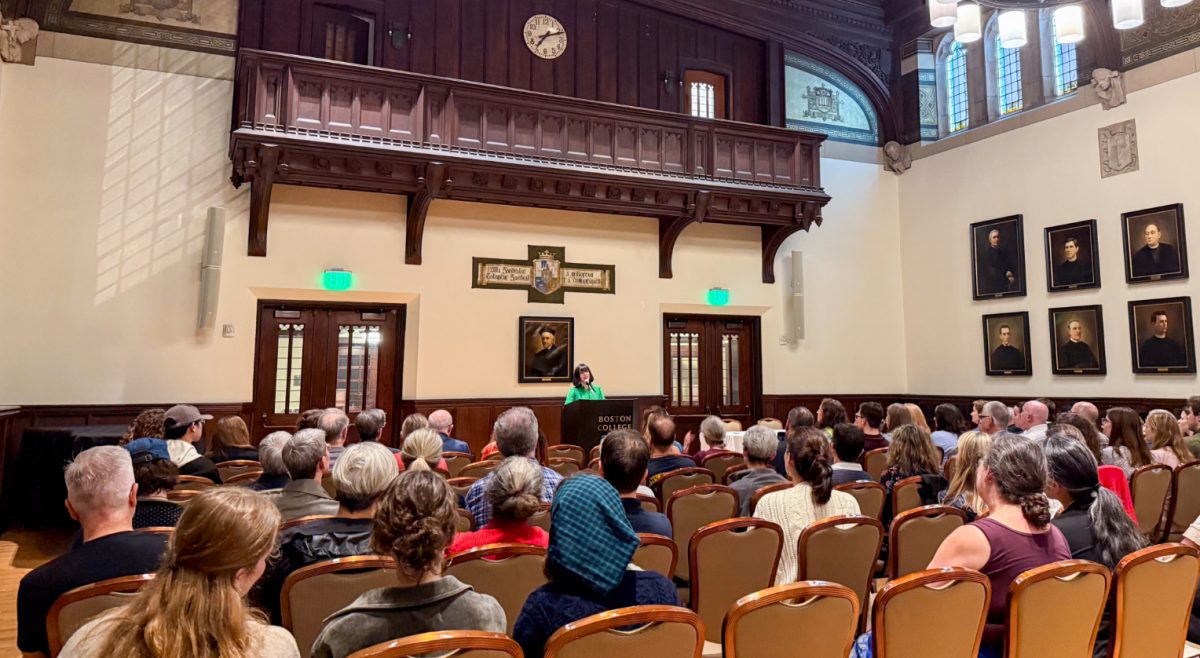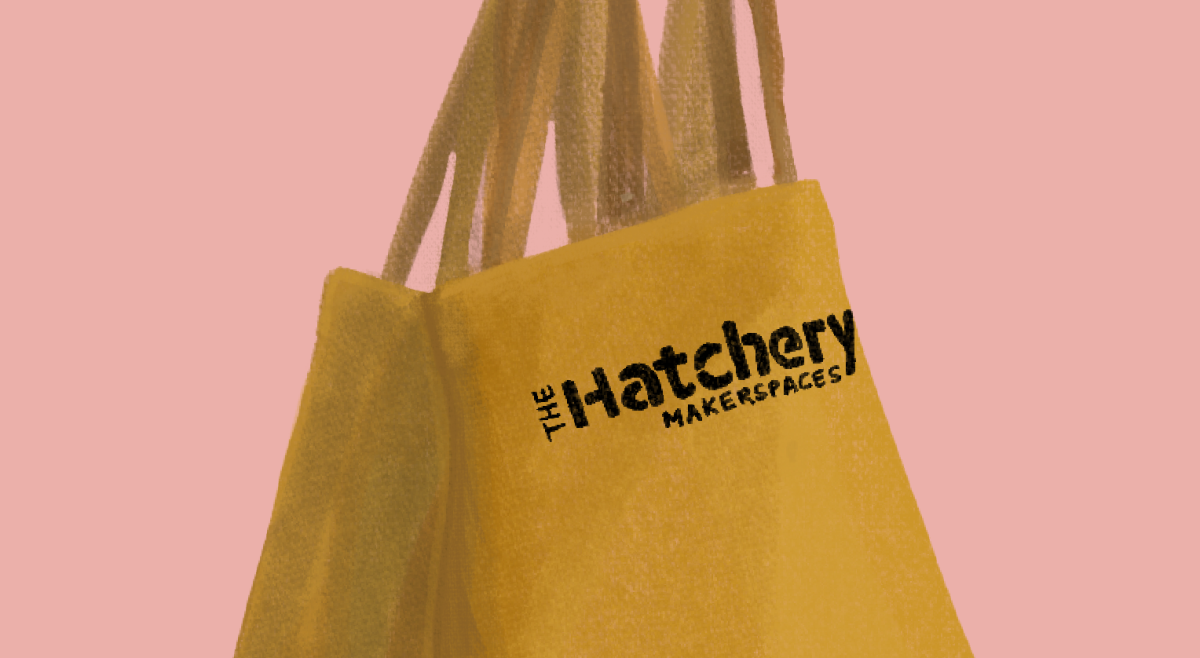In the poem “Man and the Echo” William Butler Yeats asked, “Did that play of mine send out / Certain men the English shot?” He was, of course, referring to what he viewed as his role in the Easter Rising of 1916. Yeats, however, was actually in London during the Easter Rising, likely embarrassed he could not play a part in the revolution. Yeats’s vanity can be forgiven—his place in Irish literature is indispensable—but one cannot brush aside the fact that so many larger forces were at work. Auden once asserted that “poetry makes nothing happen.” So perhaps it’s no surprise that Irish poet Paul Muldoon’s bitter response to Yeats’s question was: “Certainly not. / If Yeats had saved his pencil-lead / Would certain men have stayed in bed? / For history’s a twisted root / With art its small, translucent fruit / And never the other way round.”
The Easter Rising has never failed to highlight the emerging Irish literature of the early 20th century. Often neglected by this narrative, however, is the central role that women played. Just as World War II saw women assuming crucial roles, revolutionary Ireland witnessed women’s participation as couriers, nurses, and even sharpshooters, not to mention other critical roles. The Irish Women Rising: Gender and Politics in Revolutionary Ireland, 1900-1923 exhibit, which began its display in Burns Library Oct. 17 and runs until March 17, focuses on six women in particular: Maud Gonne, Constance Markievicz, Margaret Skinnider, Kathleen Clarke, Mollie Gill, and Hannah Sheehy-Skeffington.
Irish Women is stunningly dense, featuring six large placards of the aforementioned women in the Burns corridor as well as another room of Easter Rising artifacts. Maud Gonne—undoubtedly the “celebrity” among the women featured—is the first placard one approaches. Better known as Yeats’s muse and the object of his lifelong infatuation, Gonne made her mark upon the Republic of Ireland with her contribution as founder of the Daughters of Ireland, which she lead for 14 years. Originally formed as a cultural protest against political, social, and feminist issues, the Daughters of Ireland evolved into direct protest against British rule. With labor leader James Connolly, who was later executed, Gonne co-authored The Rights of Life and the Rights of Property. Her claim to notoriety, however, stems from her connection to friend and fellow nationalist Arthur Griffith, through whom she met her husband John MacBride. The two fostered a child, Sean MacBride, who later came to serve as Irish Republican Army Chief of Staff and cabinet minister. Later, Sean eventually became a founding member of Amnesty International as well as a U.N. Commissioner and recipient of the Nobel Peace Prize.
Gonne was accused of assisting in the “German Plot” of 1918 along with fellow women Markievicz, Clarke, and Sheehy-Skeffington, later imprisoned in Holloway Women’s Prison in London. Markievicz was elected as the first woman to British Parliament in the House of Commons in 1918. Like other members of Sinn Féin, however, she disavowed her seat.
Though the exhibit focuses upon the six integral women, the most artistically impressive component of Irish Women lies in its inclusion of various remnants of revolutionary art. One such example is the table-sized banner by Gonne, influenced by the “Fellowship of the Four Jewels,” which references the four treasures bequeathed to Ireland by mortals: the Sword of Light of Nuada, the Spear of Lugh, the Cauldron of Dagda, and the Stone of Fal. Additional representations of this piece of included in Celtic Wonder Tales next to Gonne’s placard.
Ultimately, what makes the exhibit worthwhile is an original Easter Rising Proclamation. It forces one to contemplate the material consequences of not only the six women specifically honored, but also the sheer work done by women behind the scenes.
Featured Image Courtesy of Bapst Library



